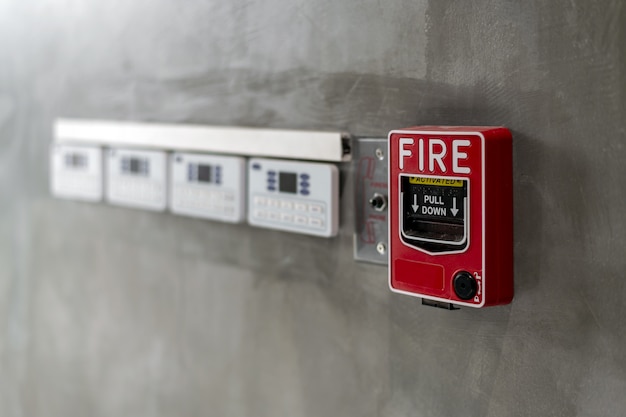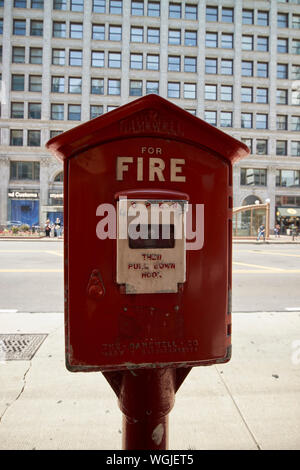


One of these new technologies that would be adapted to improve fire protection was the electric telegraph. These technological changes introduced novel ways of working and living and fundamentally transformed society.” 6 The development of these new technologies led to new ways of applying them to address old problems and improve life and safety. Beginning in Great Britain and spreading to America, this time period marks a “change from an agrarian and handicraft economy to one dominated by industry and machine manufacturing.

In History, the mid 1700s to 1800s is considered the time of the “Industrial Revolution”. However, this was not a very efficient means of getting the alarm message to the fire service personnel and organizing a response especially as cities and communities began to grow and expand. 5 All these were initial efforts directed at alerting the nearest citizens and thus spreading the alarm to eventually alert the bucket brigade or fire society/company to respond and fight the fire. As time progressed some communities began using fixed bells in churches or government buildings as part of the fire alarm notification process. 2 Then came the fire watch, called “Prowlers” 3, or “rattle watch” 4 ringing hand bells, muffin bells, or using fire rattles. In the Colonial days the alarm was spread from person to person by shouting FIRE, followed by “Throw out your buckets” alerted the citizenry to a fire. In previous articles in this fire service history series, we have covered some of the early methods of fire alarm notification. Gamewell Street Call box, on reproduction post, with top mounted emergency light. Louis, MO, played in the beginning days of the fire alarm telegraph system. We will also learn the significant role the City of St. This history also helps us understand how today’s fire departments dispatching and response is based on these historic procedures and established part of our fire service tradition. This article will cover some of the historic developments in fire alarm notification that led to early notification and quick response to fire alarms. A few of the older veteran firefighters will recall the red fire alarm boxes that were stationed on most street corners in medium to large cities back in the day. But this capability took a long time to develop and can be traced back through history to the early beginning of the fire alarm telegraph system. These enhanced capabilities have speeded up the notification process and the accuracy of locating the emergency event. Dispatchers used to have to ask all these questions verbally as part of taking the emergency call. With the advanced computer, cellular technology, and satellite GPS, the emergency tele-communicator or dispatcher can in most cases identify the caller, phone number, and the caller’s location through the enhanced 911 computer programs. Gone are the days of trying to find a working pay phone in a phone booth. With most people being connected electronically through cell and internet technology, they have ready communications no matter their location. With a significant increase in enhanced 911 capabilities in many communities today, an individual can quickly access emergency services through their cell phone and get a rapid response direct to their location. Many younger Firefighters may think this all started with the implementation of the 911 calling (dial) system in 1968, however, there is a rich history to the early development of fire alarms and quick notification. This enables the fire department to quickly react thus enhancing the ability to save lives and protect property from fires and other emergencies. Today’s Fire Service has as part of its strategy for dealing with fires and others emergency the concept of early notification and quick response.


 0 kommentar(er)
0 kommentar(er)
